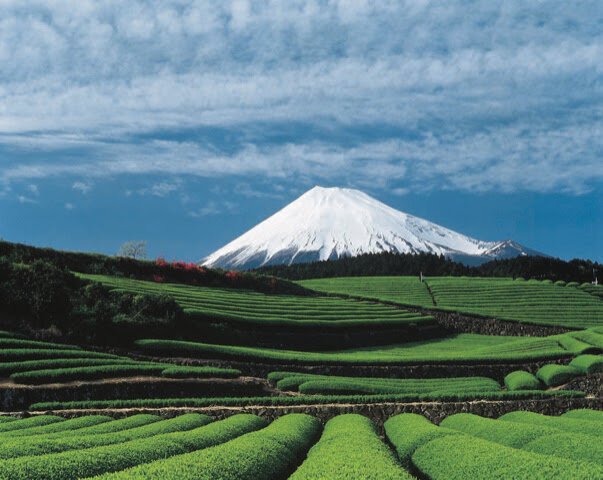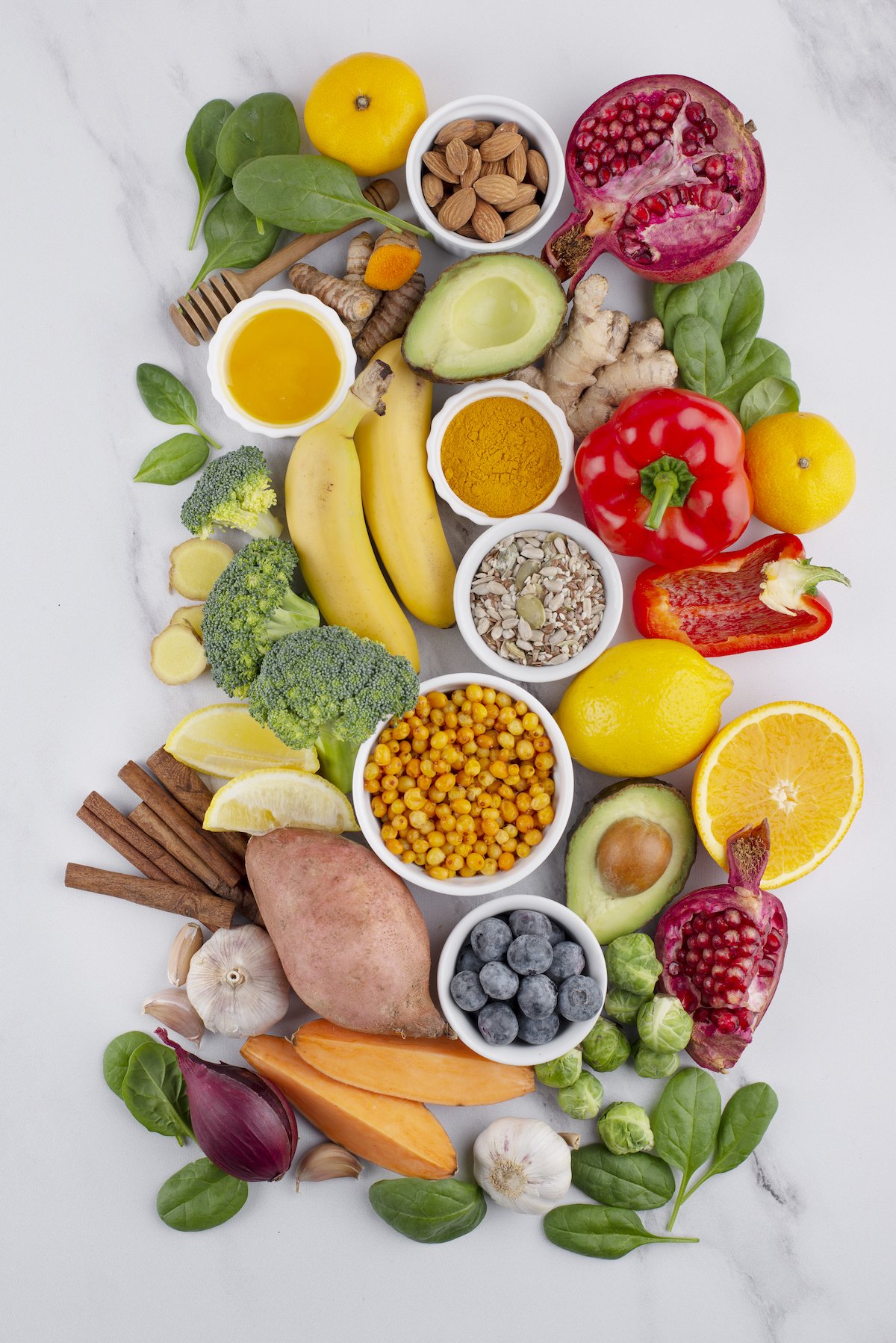Canada's First Organic Tea Grower Shares Tea Benefits You Didn't Know About

I’ve been an avid tea drinker ever since I stayed in Japan for a year during university.
I’ve never really acquired a taste for coffee, yet the various alluring scents and tastes of tea — from herbal to white tea, red tea, and black tea — drew me in.
I came across Westholme Tea on a previous visit to Vancouver Island, where a girlfriend and I drove through the pouring rain, the type where you can’t see past your windshield, to visit this quaint tea house nestled amongst nature. The skies were dotted with fluffy grey clouds and the rain had stopped by the time we arrived.
Inside the tea shop, there was a small gallery showcasing art pieces and a tea room where guests could enjoy freshly brewed tea with tasty housemade pastries.
Although it has been a few years since my visit, I still recall how the owner took their time to explain the art of brewing tea to my friend and me. They were extremely knowledgeable and passionate about tea. This is why when I had the idea of writing a story about the benefits of drinking tea, they were the first person to come to mind.
Being the tea enthusiast that I am, I peppered them with questions about all things tea-related. Read on for our conversation on the health benefits of tea, the differences between different types of tea, and more!
P: Pendulum Magazine
W: Westholme Tea
P: Westholme Tea Company imports tea from around the world, but is also Canada’s first and only organic tea grower. What inspired and motivated you to plant your first tea bushes?
W: We had purchased an acreage in the Cowichan Valley and after a couple of years of experimenting with a variety of crops, had the idea to put tea seedlings in the ground. This idea was primarily rooted in a passion for tea and having grown up on a farm I felt drawn to a more rural lifestyle after years in the city.
P: As mentioned on your website, the tradition of tea has been tied to place for thousands of years, as the consumption of pure tea showcases the characteristics of the soil where it was grown. What are some key places to grow the best tea? What natural resources/elements in these places make the tea extra special?
W: The tea plant Camellia sinensis is originally from the mountainous area of Yunnan, China. There is an abundance of lore and history dating back thousands of years describing the origin and importance of the tea plant alongside the evolution of tea as a beverage.
The tea plants like acidic soil and a temperate climate. They enjoy rain but cannot withstand wet feet. This is likely one of the reasons they have flourished in the mountains of Yunnan where they would be doused with enough rain to stay green and vibrant yet without waterlogged roots.
Tea is now grown worldwide and second only to water, tea is the most consumed beverage in the world.
P: How can someone new to the art of tea start their journey?
W: I was once a coffee drinker but coffee didn’t agree with me so I turned to tea. At first a bit reluctantly. But fortunately, I was living in Barcelona at the time and there were many fascinating tea houses and teashops around. I asked and explored and read up on tea, I sipped and tasted and fell in love, completely. And were I to start all over again I would likely do the same thing; visit teashops, in person or online; ask questions; be bold; try new flavors. Tea is amazingly varied. The difference between, say, a bold black breakfast tea and delicate oolong is absolutely fascinating considering that both come from the same plant – camellia sinensis.
P: People often compare coffee and tea, as both are known for their caffeine concentration - what are some key differences in these 2 beverages in your opinion if we are focusing on the health and wellness benefits?
W: I can drink endless amounts of tea but cannot handle coffee at all. The caffeine in coffee goes straight to the adrenal glands and is generally in and out of your system in a few hours. Whereas, the caffeine in tea is more like a slow release. It stays with you for hours and nudges the adrenals more gently.
A very important difference between the two is that tea contains L-Theanine. L-Theanine is an amino acid that is found only in tea and a specific mushroom. It has calming effects and can help to reduce stress and anxiety. It is likely the reason why tea intuitively is something we mostly enjoy as a soothing or relaxing ritual.
P: There are a variety of tea types (white, red, black tea, herbal teas, Oolong, etc.) what are the benefits of each different tea type?
W: Black, red, green, white, oolong, and pu-erh teas all come from the same plant – Camellia sinensis – and they are all caffeinated (it is the leaves of the camellia sinensis plant that contain the caffeine).
The main difference is that they are processed in various ways. Black tea is fully oxidized, green tea is not oxidized at all, and oolong and white teas are partially oxidized. Pu-erh is the only tea that is actually fermented.
A quality loose leaf tea, whether black, green, oolong, white or pu-erh, offers many health benefits. Aside from the L-Theanine present these all contain great amounts of healthful anti-oxidants.
Herbal teas, or tisanes, belong to a different category. These do not come from the Camellia sinensis plant and they do not contain caffeine. Their health benefits vary greatly depending on the constitution of each herb.
P: What are some key wellness or health benefits one can experience from drinking tea as part of their daily routine?
W: I drink tea for pleasure and taste and am sure the enjoyment I derive from my many cups of tea can have positive implications on my health. The anti-oxidants are important and I also believe strongly in taking the time to prepare and relish in the entire ritual of tea. That can make a big difference to a jampacked and stressful day.
P: What are your recommendations on how these different tea types can be best experienced? (ie. with honey, milk, cane sugar, etc.)
W: I always suggest trying the tea without adding anything at first. I also think it is important to explore different steeping times and methods. Adding more tea and reducing the steeping time can change the flavor quite radically. I am a big proponent of loose leaf tea. It makes it so much easier to play around with quantities, steep times and many quality teas offer multiple re-steeps.
And some teas are amazing cooked with milk and spices such as traditional Masala Chai. These often take honey or cane sugar really well. Milk alternatives are another way of adding flavor to the tea ritual. Chai lattes and matcha lattes are great with milk alternatives.
P: Westholme Tea also creates tea blends- a process described on the website as similar to ‘creating a special meal’. Can you describe what it means to blend tea (is it mixing tea leaves of different varieties together?) and how you pick and choose which flavors to blend together?
W: We have created a number of tea blends and tisanes. It takes many cupping sessions to settle on a new blend. It starts at the idea stage and the combination of teas and spices, or herbs that we had in mind may not always work out, and sometimes these combinations really surprise us. It is also very important to keep the different ratios in mind. We have created a very popular Masala Chai inspired by traditions rooted in India. We went through many versions before we settled on the recipe we have now been blending for years and it really comes down to the ratio between the black tea, the ginger, the cardamom, the cinnamon, the black pepper, and the cloves.
P: There are some teas that are caffeine-free; do these teas still have similar wellness benefits as other teas? If so, can you provide an example?
W: We like to refer to herbal teas as tisanes as they are not of the Camellia sinensis plant. These are herbal based and some are medicinal. They offer a wide array of health benefits and every single plant would come with its own benefits.
We like to use lemon balm in some of our blends. It has calming effects and can help the nervous system as well as the digestive tract.
P: You have created special ceramics to accompany the tea served at Westholme Tea, can you share a few of these designs with us and how they are chosen to serve different types of tea?
W: I have been working in clay for many years. My love for tea pretty much coincided with my introduction to the world of clay. I am fascinated by the intricate relationship between tea and the ceramic vessel.
Nowadays we create drinking vessels in glass and other materials but for many years, the ceramic vessel and tea were inseparable. There could not be tea without the vessel.
I have given that some thought and I enjoy creating drinking vessels for tea lovers. These range in size from extra-large mugs to tiny oolong cups. I incise the outside of my pieces leaving the design on the raw clay and then glaze the inside and generally always the lip of the vessel for better comfort.
P: Each type of tea requires a different amount of brewing time, why is the brewing time so specific (brew for 3-5 minutes) and does brewing time impact the wellness benefits at all?
W: I mentioned a little bit about steeping time before. A rule of thumb says 3 minutes but it really depends on the type of tea and the amount of tea used. Another rule of thumb says to use 2g of tea per 8oz cup/225ml of water.
When playing around with the ratios of tea to water it is quite amazing to savor the different flavor profiles. I like using more tea (4-5g) to 225ml water and then do a much shorter steep (1-2 minutes), followed by another slightly longer steep. There is generally less astringency in the tea after a shorter steep. And, when at times, I want a more astringent cup I simply steep a bit longer.
The water temperature also affects the flavor of the tea. Most green teas are better steeped well below boil (80ºC) and a fine black tea can be steeped in water closer to boiling.
We want to thank Margit, co-owner of Westholme Tea, for sharing her insights and tea knowledge with us. It’s always exciting to learn about something that is an integral part of my daily lifestyle. I can attest to the fact that the team at Westholme Tea enjoys their tea with first a short steep and then a longer steep, as this was exactly how they served our tea during our visit to let us experience the unique flavor profiles with the different brew times. If you ever get a chance to visit Vancouver Island, the drive to visit Westholme Tea is well worth it. You will find yourself staying for a few hours to chat all things tea with the owners Marjit and Victor. We found ourselves fully rejuvenated and relaxed after taking our time to enjoy the teas and to meander through the gift shop to pick our teas to bring home. We can’t think of a better way to spend the weekend.





